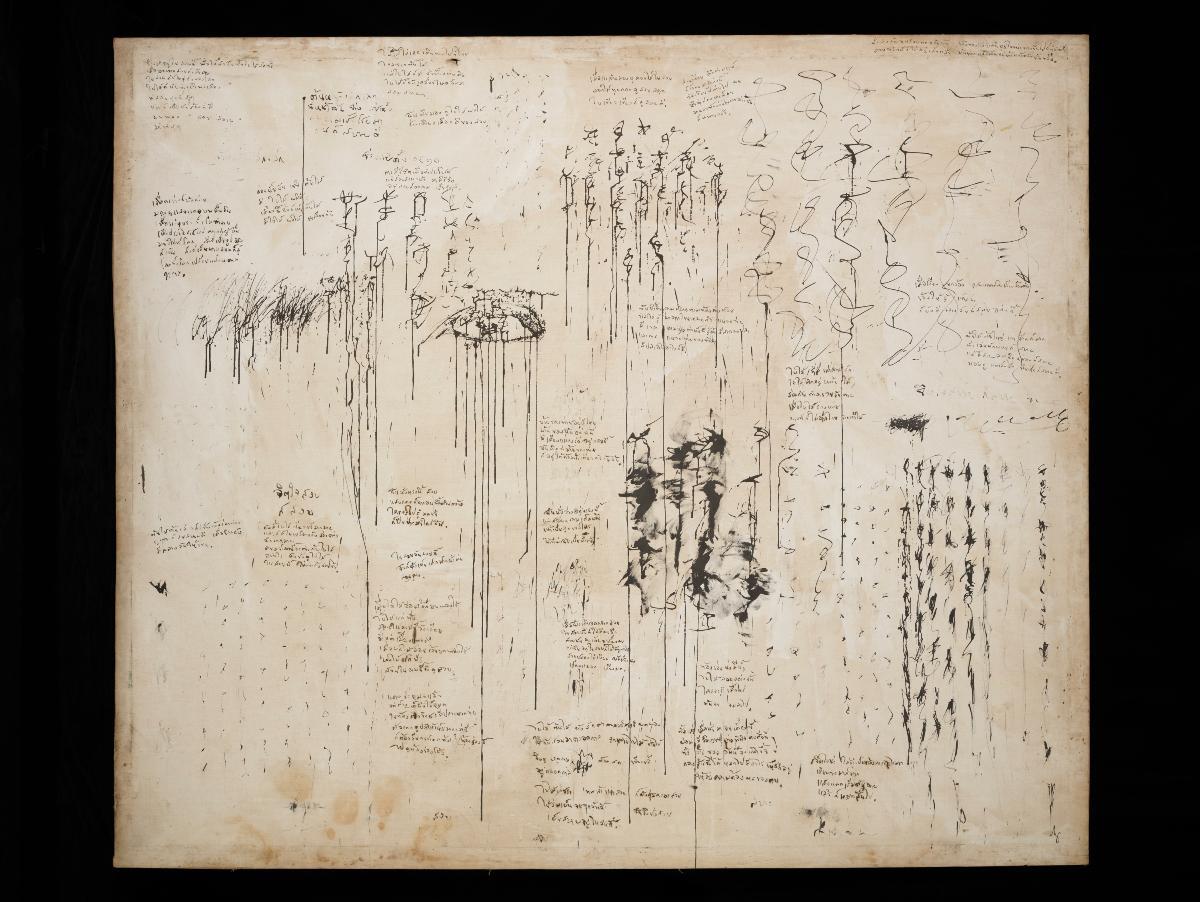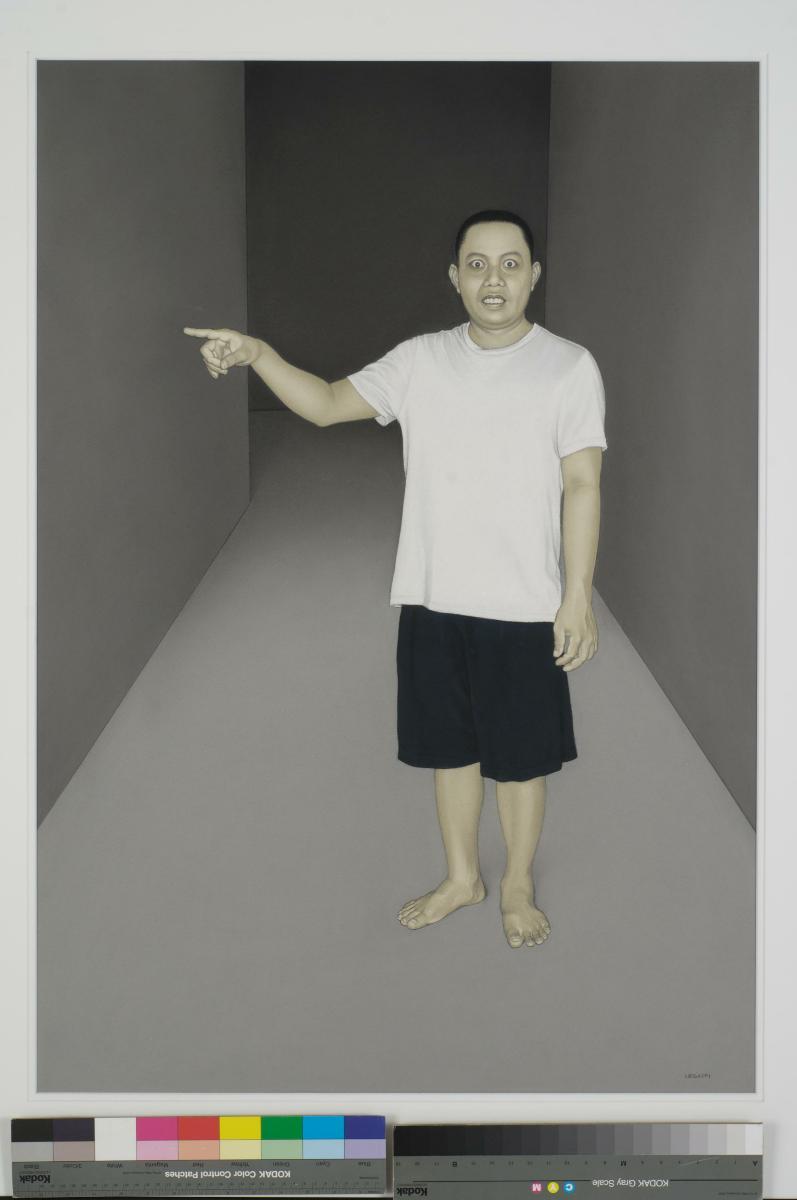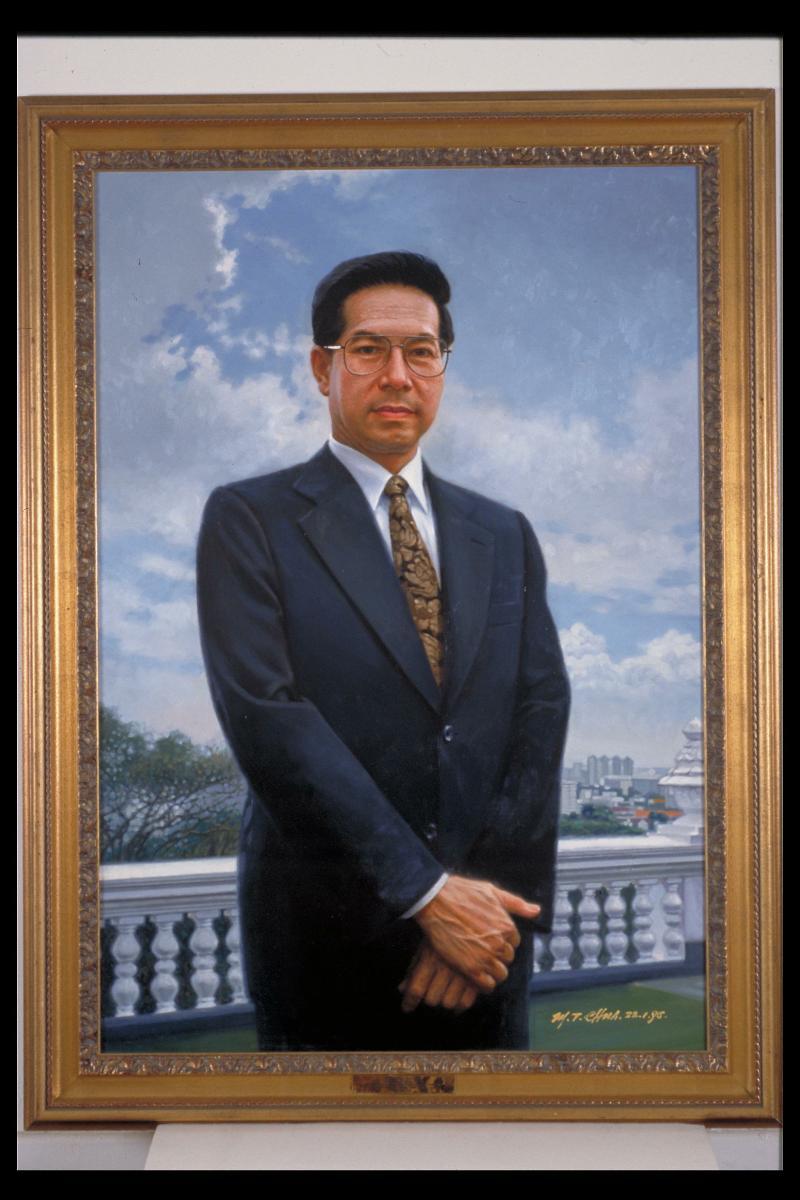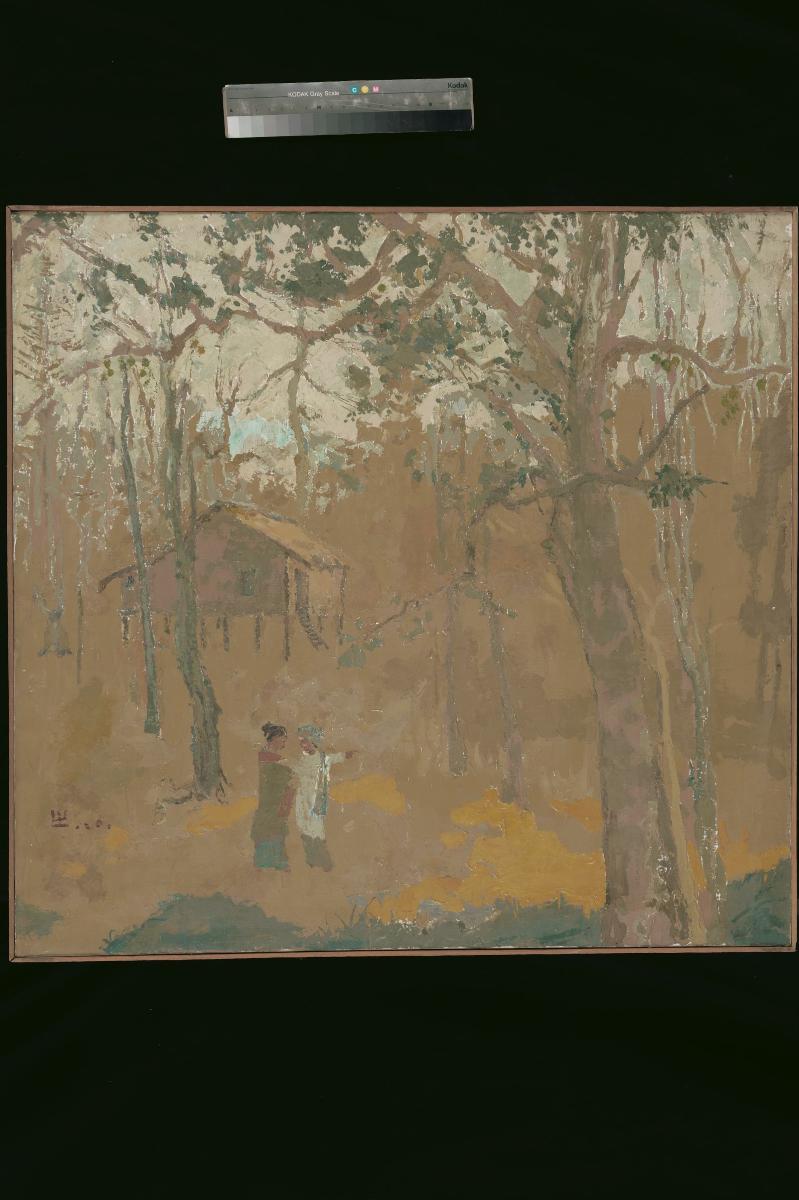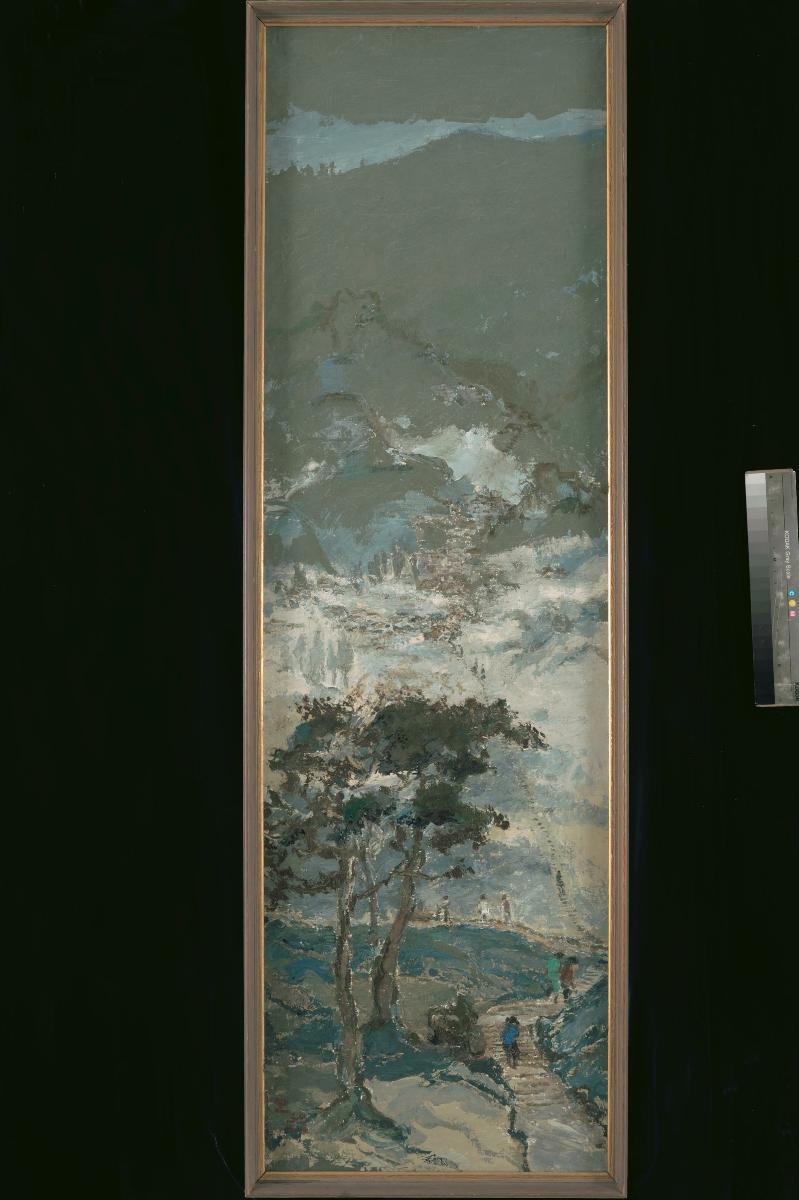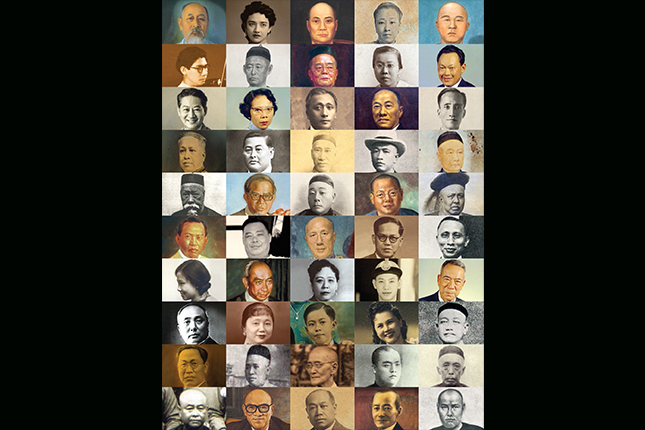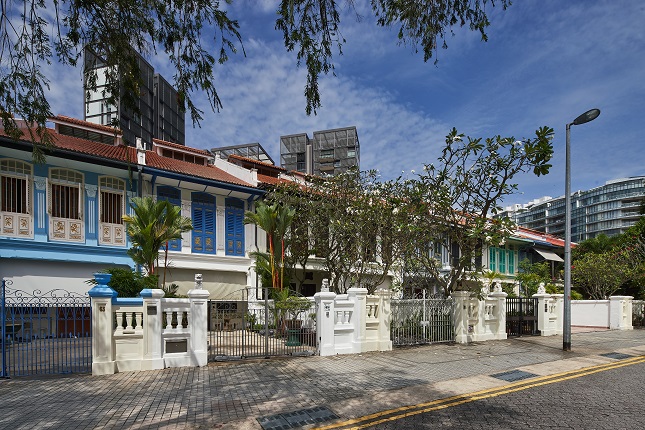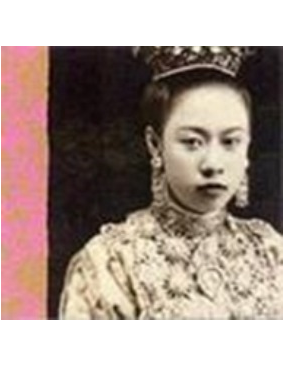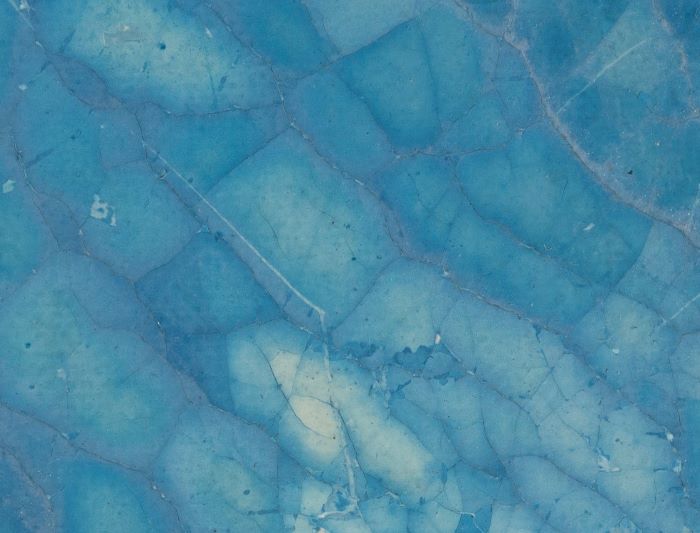Chang' Sae-tang's abstract paintings and concrete poems received greater international attention after his demise, marking him as congruent with international modern art trends but at the same time different from the prevailing aesthetic trends within Thailand. In the late 1950s, Chang began producing the first of his gestural abstraction paintings for which he is best known. Within two years, he would stop using paint brushes in favour of using his hands, arms and feet to make abstract “action” paintings. In the 1960s, he pioneered the style of White-on-White, and Black-on-Black, which was a radical thing to do in the Thai art scene then, an art scene which was replete with more naturalistic or realist styles of painting. According to the artist, these paintings were the result of a series of experimentations undertaken with the aim of developing a style that reflected Buddhist and Daoist principles, while also offering an alternative to the cubistic and impressionistic works that were prevalent in Thai art circles of the period. In 1968, he self-published a book featuring his ‘concrete poems,’ which dealt with social themes as well as more personal meditations on nature and family life. These 'concrete poems' garnered interest from Thai literary circles, becoming popular within counterculture movements that were gaining traction there in the late 1960s and early 1970s. By virtue of his literary accomplishment, he was invited to participate in the Congress of Orientalists in 1971 in Canberra, Australia, representing Thailand. This Untitled painting from 1973 is a rare instance where the artist has amalgamated on a large canvas the styles and motifs from his abstract paintings, concrete poems and literary output.




